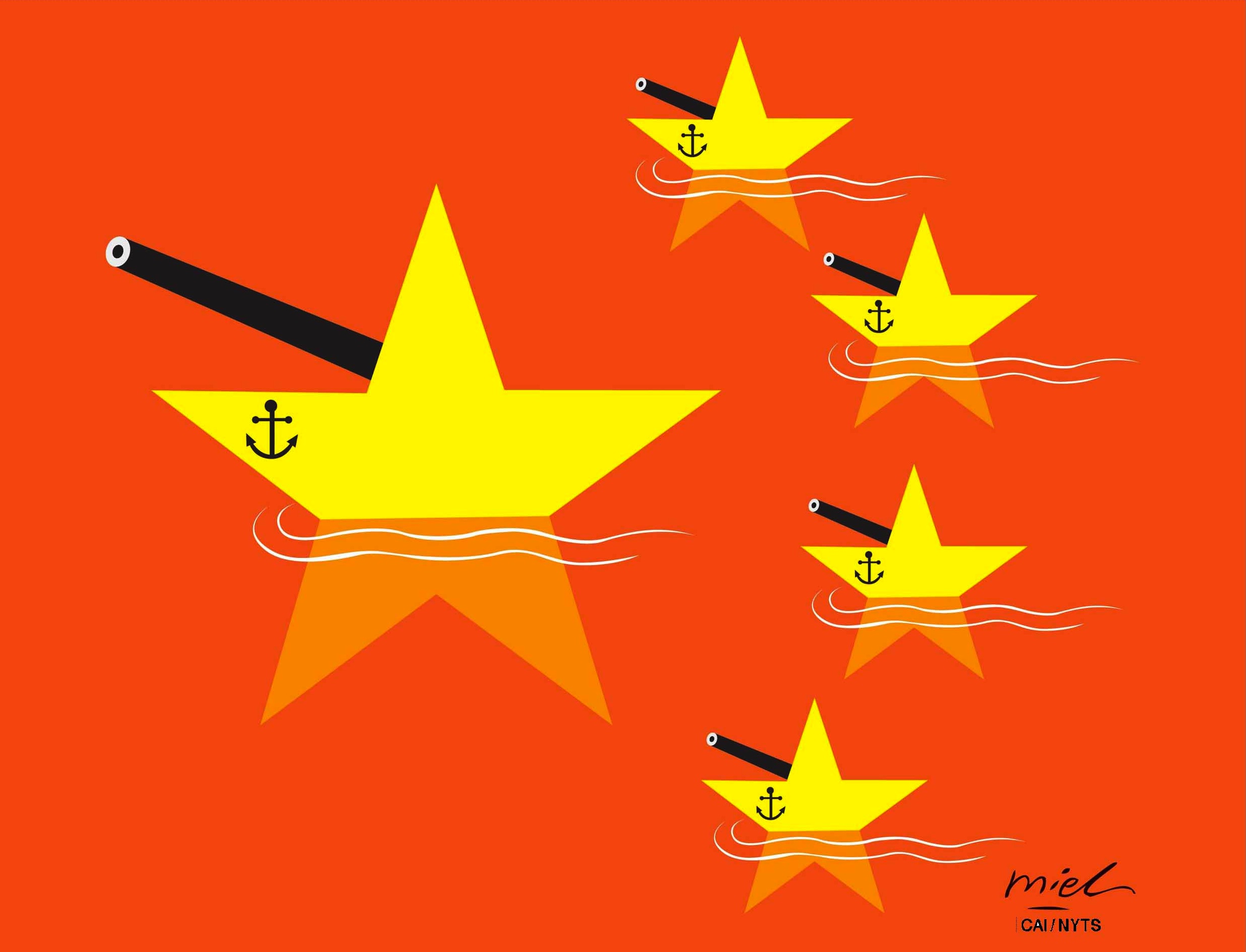With preparations for Chinese President Xi Jinping's September visit to Washington underway, officials in both countries are predictably playing down their differences over China's outsize territorial claims, backed by the construction of military facilities on previously uninhabited islands and atolls, in the South China Sea. And this diplomatic de-escalation, following months of recriminations and veiled threats, suits Southeast Asian leaders just fine.
Of course, no one in Southeast Asia is ignoring China's strategic designs. The region's defense spending has increased by more than 50 percent in the last decade, and some $60 billion has been earmarked for new weapons, especially naval hardware, over the next five years. The white paper on military strategy that China released in May, which touted plans to expand the country's defense perimeter, intensified neighbors' concerns, making even more military spending likely. Leaders in the region are now welcoming a stream of U.S. military officials and defense manufacturers to see what America's Asian "pivot" has to offer.
Beyond new frigates and security guarantees, however, Southeast Asian leaders have refrained from reacting too strongly to China's offshore ambitions. The economic facts on the ground demand prudence.

















With your current subscription plan you can comment on stories. However, before writing your first comment, please create a display name in the Profile section of your subscriber account page.